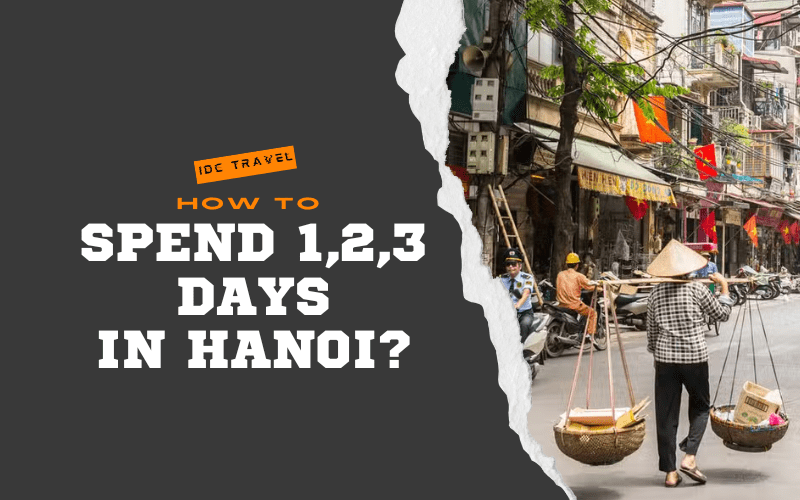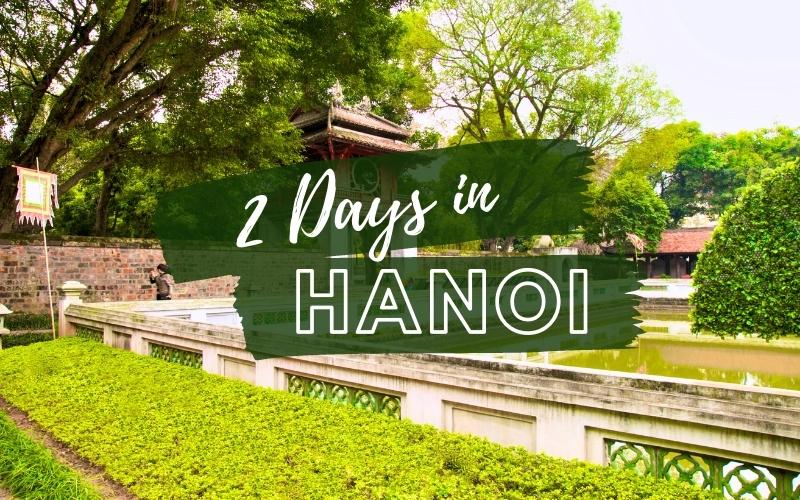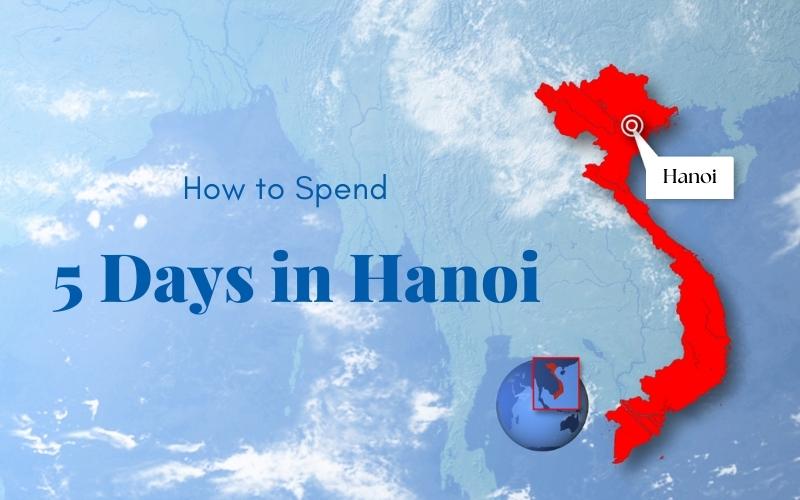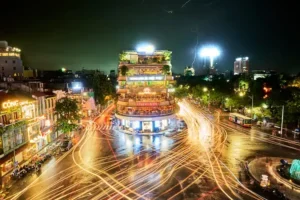Hanoi, the capital of Vietnam, attracts an emerging number of tourists with its breathtaking landscapes and abundance in culture. To visit the main attraction of the city, you are recommended to spend 2 to 3 days in Hanoi. However, if you want to explore every corner of Hanoi’s scenery and history, you can stay here for up to 10 days.
However, before getting a deep insight into Hanoi itineraries, let’s check out the several steps to plan your Hanoi trip.
Getting to/around Hanoi
If you’re getting to Hanoi by flight, you’ll be landing at Noi Bai International Airport, the primary gateway for Northern Vietnam. This airport is about 27 km away from the heart of the city, and it will take you around 35-40 minutes to drive to your accommodation in the city center.
For budget travelers, the most cost-effective way is the Hanoi Airport public bus. Routes 7 and 17 link the airport to the city center, and you’ll find the bus stop conveniently positioned to the right as you exit the terminal. These buses operate at 15-20 minute intervals but note that their service is only available from 5 am to 10 pm. If you’re considering a taxi, be mindful of the fares and ensure you’re not overcharged.
For those seeking a smoother transition from the airport, consider pre-booking a private transfer when you plan your Hanoi trip. It’s a stress-free choice, particularly after enduring a lengthy journey by air!

Private car rental service
Accommodation in Hanoi
Hanoi boasts a plethora of charming accommodations, but for a central location near the primary attractions, the Old Quarter stands out. Here, not only are you surrounded by a haven of culinary delights, but many renowned sites are just a leisurely stroll away. By staying in this vibrant heart of Hanoi, you’ll not only save on transportation costs but also maximize your time, ensuring a packed and memorable itinerary during your visit!
Choosing the Best Time to Visit Hanoi
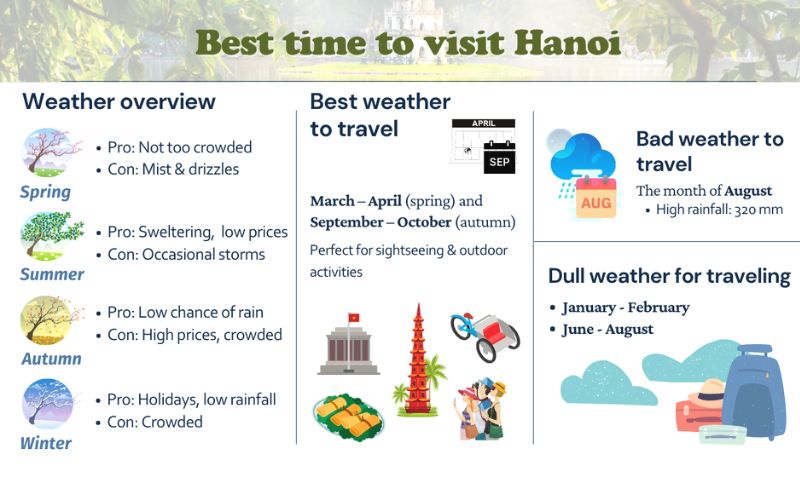
Weather in Hanoi & Best time to visit
The ideal time to visit Hanoi is from October to April, with Autumn (September to November) and Spring (March to April) being particularly favored by visitors. These seasons provide the most pleasant weather conditions, but it’s essential to align your visit with other destinations in Vietnam. The country’s diverse geography means the North and South have contrasting weather patterns, so if you’re touring Vietnam end-to-end, some adjustments will be needed.
From May to September, Hanoi experiences its rainy season, characterized by frequent downpours. Surprisingly, this period coincides with the summer, marking Northern Vietnam’s wet season. Expect intense heat, with temperatures sometimes soaring to 104°F (40°C), accompanied by high humidity. This mix often culminates in thunderstorms and tropical disturbances, so plan accordingly if traveling during these months.
Things to Know Before Visiting Hanoi
- Navigating the bustling streets of Hanoi requires vigilance, as motorbikes often use sidewalks to bypass traffic. Stay alert and be mindful of unpredictable drivers.
- When indulging in Hanoi street food, select stalls full of locals. It is a sign of quality and safety. If you opt for meat dishes, choose vendors who prepare the food before your eyes.
- Remember, as is the norm across Southeast Asia, tap water isn’t safe to drink; bottled water is your best bet to avoid health issues.
- Bargaining is an integral part of the shopping experience in Hanoi, just as in Ho Chi Minh City. It’s wise to familiarize yourself with average prices before you dive into negotiations.
- While Vietnam is predominantly safe, Hanoi, like other major cities, isn’t immune to pickpocketing. Exercise caution in crowded spots and minimize flaunting expensive items.
- Handling Vietnamese currency, the Dong (VND), can be initially perplexing, given the high denominations. With $1 roughly equivalent to 23,000 VND, you’ll often handle large bills. Spend a few moments familiarizing yourself with the notes to ensure smooth transactions during your stay.

